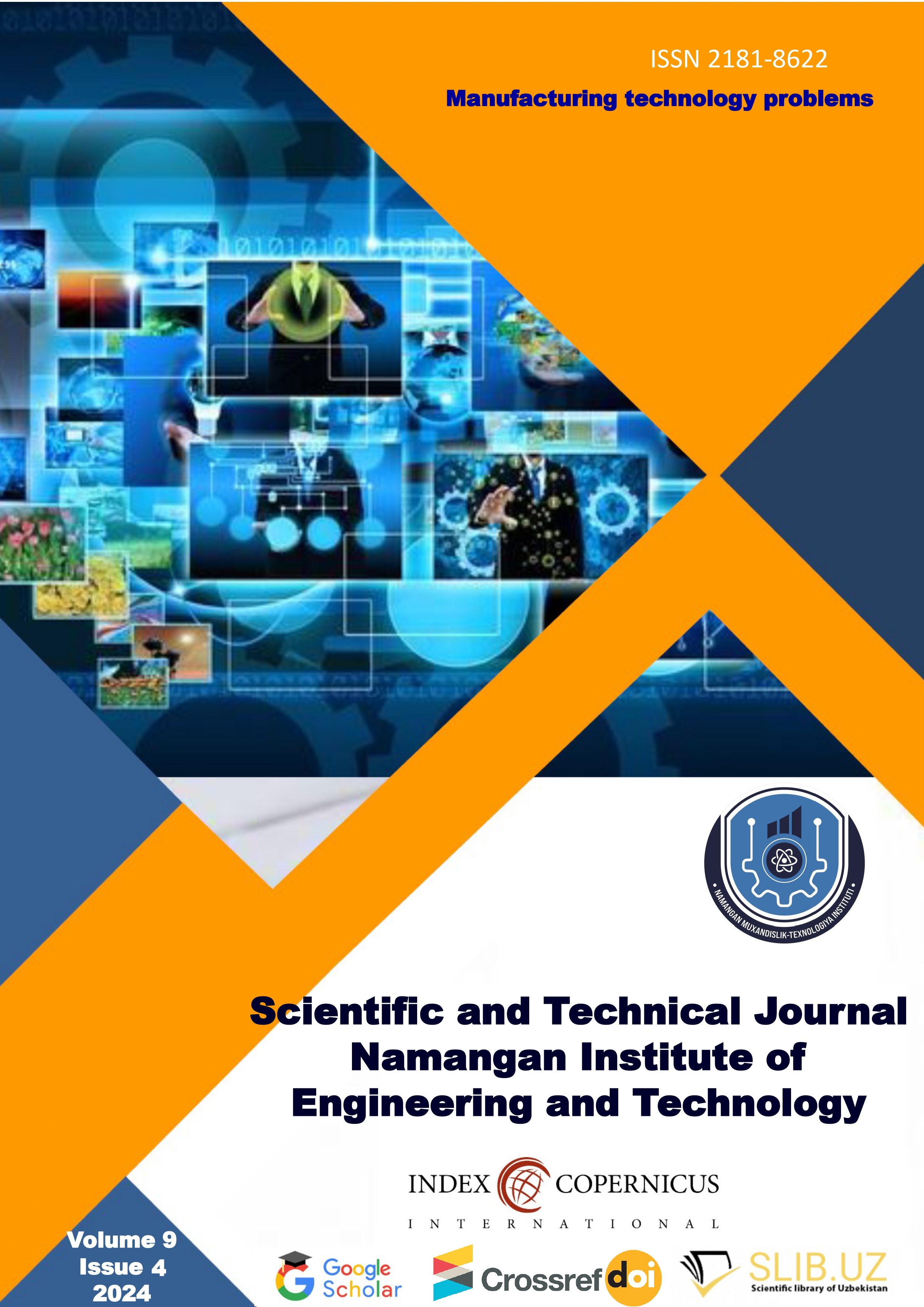Modeling of laser processingof thin-walled steel gears
DOI:
https://doi.org/10.61151/stjniet.v9i4.623Ключевые слова:
laser cutting, steel, plasma, electron beam radiation, light flow, material destruction, cutting efficiencyАннотация
The article provides information on the theoretical foundations, technological processes and equipment for laser cutting of steel from thin-walled (4-10 mm thick) gears, which of all laser processing technologies has received the widest industrial application. The process of cutting a light flux incident on a material, partially absorbed by the surface of the material, the molten film and the side surfaces of the cut, and partially reflected, has been studied. Physical phenomena in the cutting cavity and models for calculating the main technological parameters of the process are considered. In addition, an assessment is made of the technology of dry laser cleaning of the surface of a solid from contaminated particles based on rapid heating and thermal expansion of radiation-absorbing particles or the surface layer of the base material by a pulse of laser radiation. Recommendations are given for the selection of cutting modes for steel materials using continuous and pulse-periodic radiation from industrial lasers.The measurements made make it possible to determine the values of the specific radiation energy for different thicknesses of the material being cut. According to the calculation, the specific energy required to heat up to the melting temperature and melt a unit volume of steel is 12 J/mm3.The specific radiation energy decreases monotonically with increasing thickness of the material being cut. However, the measured P value is greater than the calculated value. It can be assumed that the decrease in specific radiation energy when cutting thick workpieces may be due to a more efficient use of the oxygen jet.




